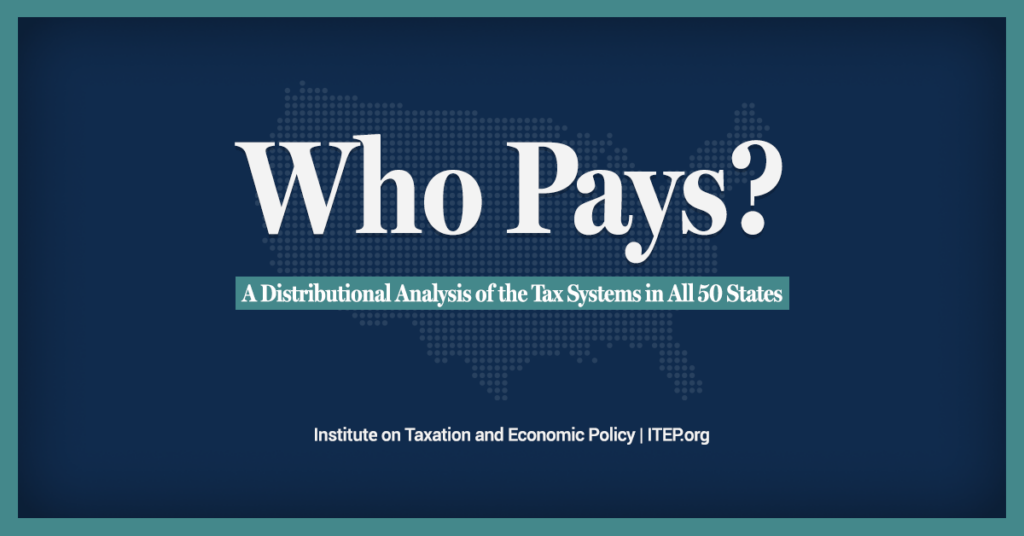After authorizing automatic tax cuts in 2022 that would eventually eliminate their individual income tax, Kentucky policymakers are starting to face an inevitable reality. If the state eliminates its largest revenue source, lawmakers will have to choose between raising revenues or enacting crippling cuts to priorities like education and transportation. This apparent wake-up call echoes warnings from those like the Kentucky Center for Economic Policy who have long acknowledged this basic fiscal reality.
Kentucky’s automatic cut scheme was already stalling, requiring plans to partially “finance” a cut from 4.5 percent to 4 percent with debt. State services are already lean and further cuts will more dramatically impact Kentuckians’ standard of living. Funding for K-12 education has declined in real terms since the 2008 financial recession. Further cuts would mean doing even less for the next generation of Kentucky children.
States across the country that aim to reduce and eliminate income taxes should be honest about the tradeoffs. State income tax revenue is spent on roads, schools, parks, and other services that citizens expect and rely on. If states want to eliminate the tax, one of two things must happen: spending cuts, or other tax hikes.
The former means going down the path of Kansas’ former governor Sam Brownback. Under Arthur Laffer’s guidance, Brownback went on a campaign of irresponsible tax cutting that drove his state’s budget into the ground before a bipartisan group of lawmakers largely reversed the tax cuts. The governor called his policies a “real live experiment” – everyone should carefully consider the data he collected.
Alternatively, states might aim to replicate tax policy decisions made in states like Tennessee. That means dramatic sales tax hikes that working families pay for. Tennessee’s state and local taxes are the third most regressive in the country. This is a system that asks teachers to pay more for the state’s shared priorities than millionaires. The top 1 percent in Tennessee (with average annual incomes of $2 million) have some of the lowest tax rates in the country at only 3.8 percent, while the middle 20 percent—with annual average incomes of $53,000—pay 10.2 percent in state and local taxes.
In recent years Kentucky has already started down this path. The state has cut some taxes on tobacco, individual, and corporate income. To offset lost revenue, the state widened its sales tax base: a functional increase modeled in the 7th edition of Who Pays?, ITEP’s comprehensive review of the tax distribution in every state. As a result, Kentuckians in the bottom 20 percent of income have faced a tax hike of 0.9 percentage points, while the top 1 percent saw a cut of 1.4 percentage points. Without these changes, the state would have the 30th most unequal tax code instead of the 17th. If the personal income tax were fully eliminated, the state would worsen to 8th most unequal. Even without going to zero the costs to Kentucky have been enormous. If the state drops another percentage point to 3 percent, the cost will be more than Kentucky spends on nearly any major priority, including Medicaid, K-12 funding, and higher education.
Eliminating the individual income tax would make the Kentucky tax code less fair
| First 20% |
Second 20% |
Middle 20% |
Fourth 20% |
Next 15% |
Next 4% |
Next 1% |
|
| 2017 law | 11.4% | 10.9% | 11.5% | 11.2% | 11.0% | 9.5% | 8.0% |
| Current law | 12.4% | 10.9% | 11.0% | 10.3% | 10.0% | 8.4% | 6.6% |
| With PIT elimination | 12.3% | 9.1% | 8.2% | 7.1% | 6.6% | 5.3% | 3.5% |
Source: Institute on Taxation and Economic Policy, Who Pays?
The grim mathematics of the result are indisputable. If states like Kentucky – or West Virginia, which is also on a “march to zero” for their income tax – want to replicate the Tennessee model, working families will have a net tax increase while wealthy families reap the benefits.
Meanwhile, pushing hikes and cuts into the future encourages elected officials to claim credit for tax cuts without making any hard decisions about how to finance them. Legislative leaders who intend to stick around – or who are truly invested in the future of their state – should be more hesitant and realistic, as they would have to clean up the mess left by automatic future tax cuts.
While it’s unfortunate that proponents weren’t convinced before they passed these irresponsible income tax elimination plans, acknowledging the fiscal reality is an important development. Keeping the Kentucky income tax on a march to zero would mean tax hikes for working families or widespread cuts to education, health care, and other public services. Reversing course is certainly the wiser course of action.






